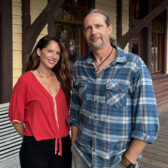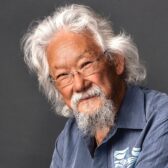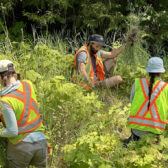Practical Financial Solutions: Unusual RRSP facts – and some you already know
Here’s what you probably already know about RRSPs: You regularly contribute to RRSP-eligible investments, the contributions are tax-deductible and the RRSP is tax-sheltered until you make withdrawals in retirement and you enjoy the considerable benefits of compound growth over the longer term of your time in the plan.
Here are a few RRSP facts you may not know – but knowing them will help you get the most from your RRSP-eligible investments:
The Home Buyer’s Plan allows you to borrow from investments held in your RRSP for the purchase of your first home. You and your spouse can each borrow up to $25,000 if you are considered first-time home buyers and you must repay investments held in your RRSP over the next fifteen years or you’ll pay tax on any amounts not repaid.
The Lifelong Learning Plan allows you to use funds held within your RRSP to pay for training or education. If you qualify, you can withdraw up to $10,000 in a calendar year with the total withdrawal amount capped at $20,000 over a maximum of four consecutive years. You must repay within ten years to avoid tax penalties.
If you cease to be a resident of Canada you can still make contributions to your RRSP-eligible investments using only Canadian-source earned income to calculate your contribution limit. There is a 25% withholding tax for payments to non-residents from investments held within a RRSP or RRIF but you can transfer qualifying lump-sum pension benefits or retirement allowances directly into your RRSP-eligible investments without paying the withholding tax. You can also transfer funds between investments held within RRSPs without incurring a tax penalty.
In the year you turn 71 your RRSP will mature and you will be required to take the cash, purchase an annuity, or transfer the proceeds into a RRIF. Once the assets are in the RRIF, you will be required to withdraw annual amounts, based on your age. If you have a spouse or common-law partner who is younger than you, you can choose to have the withdrawals based on your spouse/partner’s age, meaning that the amount you will be required to withdraw each year will be lower than if the withdrawals were based on your age. If you are not earning much income, it might be more advantageous to start making withdrawals from your investments held within a RRSP/RRIF prior to age 71 to smooth out your taxable income in later years.
Using the right RRSP/RRIF and overall financial planning strategies will help you realize all your retirement dreams. Talk to your professional advisor about the best strategies for your situation.
This column is sponsored by Roger Higgins, a BA, CFP Division Director for Investors Group in the Kootenays. For all your financial planning needs, contact Roger at 250-352-7777 of email at [email protected]

























